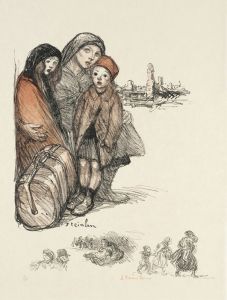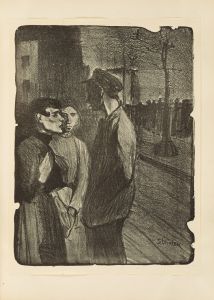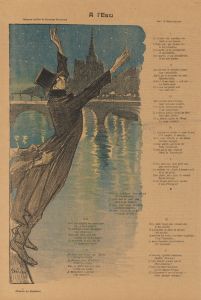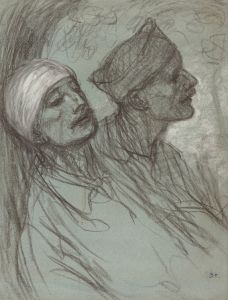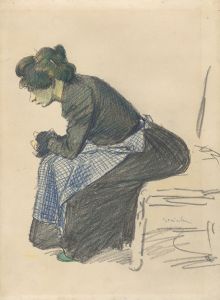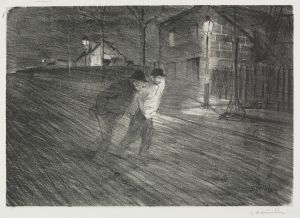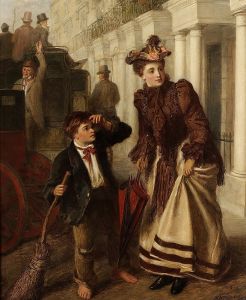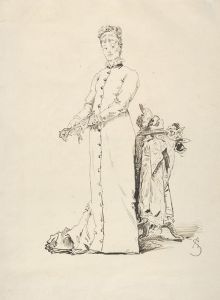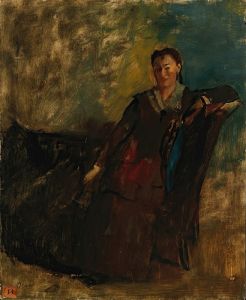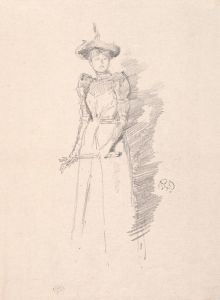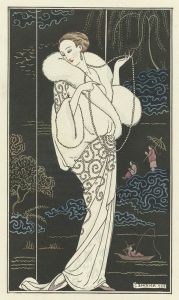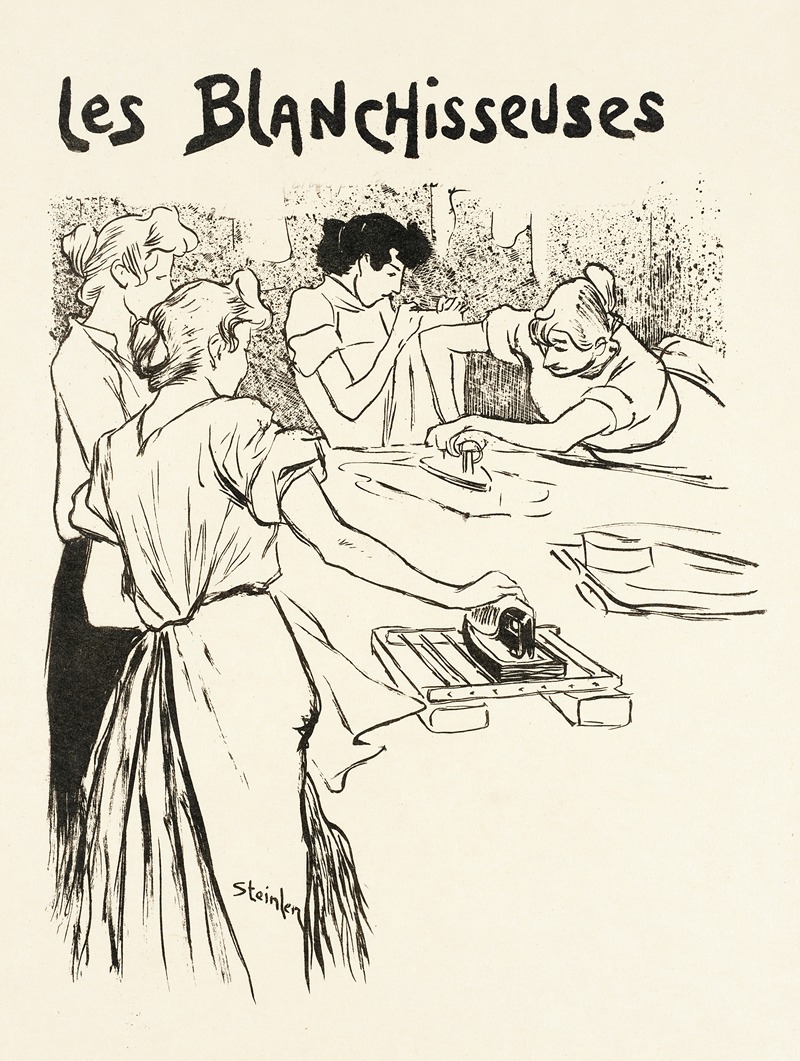
Les Blanchisseuses
A hand-painted replica of Théophile Alexandre Steinlen’s masterpiece Les Blanchisseuses, meticulously crafted by professional artists to capture the true essence of the original. Each piece is created with museum-quality canvas and rare mineral pigments, carefully painted by experienced artists with delicate brushstrokes and rich, layered colors to perfectly recreate the texture of the original artwork. Unlike machine-printed reproductions, this hand-painted version brings the painting to life, infused with the artist’s emotions and skill in every stroke. Whether for personal collection or home decoration, it instantly elevates the artistic atmosphere of any space.
Théophile Alexandre Steinlen, a Swiss-born French artist, is best known for his contributions to the Art Nouveau movement and his depictions of everyday life in late 19th and early 20th-century Paris. Among his works, Les Blanchisseuses (translated as The Laundresses) is a notable painting that reflects his interest in portraying the working-class individuals of his time.
Created in the late 19th century, Les Blanchisseuses captures a scene of laundresses engaged in their labor. Steinlen often focused on the lives of ordinary people, particularly workers, and this painting is a testament to his commitment to social realism. The laundresses, who were typically women from the lower social classes, worked long hours in physically demanding conditions. Steinlen’s depiction of these women highlights their resilience and the dignity of their labor, while also shedding light on the hardships they faced.
The painting is characterized by Steinlen’s attention to detail and his ability to convey emotion through his subjects. The composition emphasizes the physical effort of the laundresses, with their postures and movements suggesting the strenuous nature of their work. Steinlen’s use of muted tones and naturalistic lighting enhances the realism of the scene, creating a sense of intimacy and immediacy.
Steinlen was deeply influenced by the social and political climate of his time, and his art often carried a subtle critique of societal inequalities. While Les Blanchisseuses does not overtly convey a political message, it aligns with his broader body of work that sought to elevate the lives of the working class and bring attention to their struggles. This focus on the everyday lives of ordinary people was a hallmark of Steinlen’s artistic philosophy and resonated with the broader themes of the Naturalist and Realist movements.
Today, Les Blanchisseuses is recognized as an example of Steinlen’s ability to blend artistic skill with social commentary. The painting serves as a historical document, offering insight into the lives of working-class women in Paris during the late 19th century. Steinlen’s work, including this piece, continues to be celebrated for its empathetic portrayal of humanity and its contribution to the art and culture of the period.
Further details about the specific location of the painting or its current ownership are not widely documented. However, Steinlen’s legacy as an artist who championed the working class remains firmly established through works like Les Blanchisseuses.





